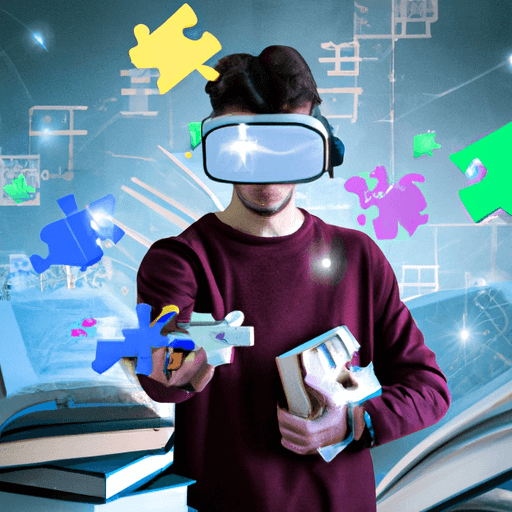Virtual Reality in Modern Education: Impacts, Uses, and Future Prospects
Virtual Reality (VR) technology has been advancing in leaps and bounds in recent years, and its integration into our educational systems is no longer an idea from a distance future, but rather a present reality that has the potential to revolutionize the way we learn.
Virtual Reality: A Transformative Learning Tool
The immersive nature of VR offers students an opportunity to learn by doing, which significantly enhances their understanding of the curriculum content. This hands-on approach provides a novel way to explain complex concepts, construct mental models, and inspire curiosity. VR supports experiential learning where students can visualize, manipulate, and interact with virtual environments and objects. This shift from passive to active learning invariably fosters creativity, critical thinking, problem-solving skills, and deeper understanding.
Facilitating Distance Learning
In the era of online education and remote learning, VR offers a unique space to engage students from different geographical locations. Through VR, students can participate in virtual simulations, field trips, and laboratory experiments without leaving their homes. VR allows learners to have a more personalized educational experience, which significantly improves their involvement and motivation.
Enhancing Engagement and Knowledge Retention
Recent studies have shown that VR improves engagement and knowledge retention among students. A compelling VR experience captivates students' attention and immerses them into the learning activity, which results in higher engagement compared to traditional teaching methods. Additionally, VR creates memorable experiences that facilitate long-term memory retention.
Supporting Skill Acquisition
VR provides a safe and controlled environment where students can practice and acquire new skills. This is particularly relevant to technical subjects, such as medicine, engineering, and architecture, where students can simulate real-life situations and tasks without risking personal safety or expensive resources.
Challenges in Integrating VR into Education
While the benefits of VR-assisted education are substantial, several challenges hinder its wide-scale adoption. These include the high costs of VR equipment, lack of technological infrastructure in many schools, need for technical support and professional development for teachers, and questions about the long-term effects of VR use, especially among younger students. Addressing these issues is crucial to successfully integrating VR into modern education systems.
Looking Forward: Future Prospects and Policy Implications
Looking into the future, the role of VR in education is expected to grow. As the technology improves and becomes more accessible, its application will extend to more subjects and learning environments. However, effective integration of VR into education requires substantial investments, policy changes, and pedagogical adjustments. Policymakers should therefore collaborate with educators, researchers, and technology developers to create supportive policies that will foster the productive use of VR in education.




















Comments
Leave a Comment